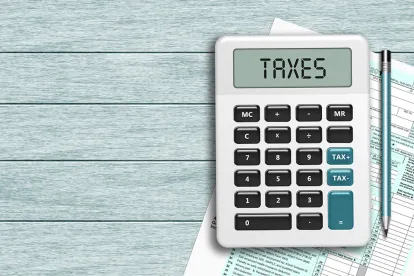On Monday, February 13, 2023, the Department of the Treasury (Treasury) and the IRS published Notice 2023-17 (the Notice), establishing the program for allocating environmental justice capacity limitations (the Allocation Program) under Section 48(e)1 and providing limited initial guidance for applicants. Section 48(e) provides up to an additional 20 percent investment tax credit (ITC) for qualifying solar and wind projects that receive such allocations and are located in a low-income community, are located on Indian land, or are part of a qualified low-income residential building project or economic benefit project (Low-Income Community Adder).
The Inflation Reduction Act of 2022 (IRA) added the Low-Income Community Adder and authorizes 1.8 gigawatts (GW) of direct current (DC) capacity limitations to be awarded to projects under the Allocation Program for each of calendar years 2023 and 2024. The Notice is helpful in that it provides how the 1.8 GW (DC) will be allocated among categories of projects for 2023 and some other information (described below). However, the Notice does not describe the application process or include other important information for which taxpayers have been waiting. Treasury and the IRS intend to provide additional guidance to address these matters.
Guidance Provided
The Notice provides that for 2023 the 1.8 GW (DC) of capacity limitations will be allocated among the four categories of communities eligible for the Low-Income Community Adder in the amounts set forth in the chart below. In addition to being within one of the described categories, the project must be a qualified solar or wind project with a maximum net output of less than 5 megawatts (MW) (AC).
Importantly, the guidance notifies taxpayers that projects must be granted the allocation before being placed in service to qualify for the Low-Income Community Adder. Further, the property must be placed in service within four years after the date the applicant was notified that the capacity limitation was allocated to the project.
For calendar year 2023, applications will be accepted in a phased approach during a 60-day application window. Applications will be accepted first for Category 3 and 4 facilities in Q3 of 2023, with applications for Category 1 and 2 facilities to follow. The application must be submitted by the owner of the project and can only be made with respect to one allocation category. However, the Notice does not provide any clarification as to the meaning of “owner” – e.g., can a project company that is a disregarded entity for tax purposes be the "owner"? There will be no waitlist for denied applicants. They will need to reapply in the following calendar year to be reconsidered.
As noted above, the Notice does not detail the application process nor the specific criteria the DOE will consider when determining which projects to grant the capacity allocations to. However, the Notice indicates that additional guidance will be issued on the application process, and such guidance will provide additional clarification and definitions. Such forthcoming guidance will also specify additional criteria to be incorporated in determining how to allocate the capacity limitation among facilities, which may include a focus on facilities that are:
-
owned or developed by community-based organizations and mission-driven entities,
-
have an impact on encouraging new market participants,
-
provide substantial benefits to low-income communities and individuals marginalized from economic opportunities, and,
-
have a higher degree of commercial readiness.
|
Category |
Description / Code Section |
Credit Adder |
2023 Capacity Allocation |
|
1. Low-Income Community |
Same definition as the new markets tax credit. Section 48(e)(2)(A)(iii)(I). |
10% |
700 MW |
|
2. Indian Land |
Land designated by the federal government as a Tribal reservation or land set apart by the federal government for an Indian tribe’s use. Section 48(e)(2)(A)(iii)(I). |
10% |
200 MW |
|
3. Qualified Low-Income Residential Building Project |
Residential building project that participates in one of several listed programs. Section 48(e)(2)(B). |
20% |
200 MW |
|
4. Qualified Low-Income Economic Benefit Project |
At least 50% of the financial benefits of the electricity produced by the project are provided to households with income of less than 200% of the poverty line or less than 80% of the area median income. Section 48(e)(2)(C). |
20% |
700 MW |





 />i
/>i
